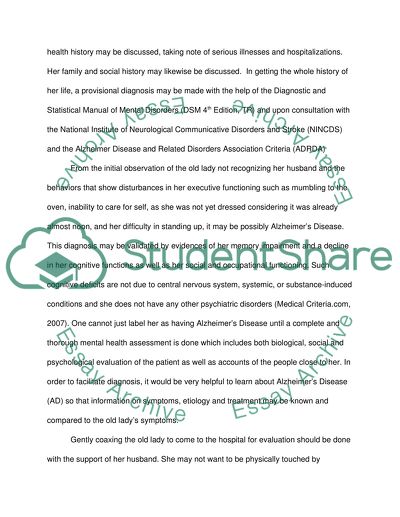Cite this document
(“Mental Health Emergencies Essay Example | Topics and Well Written Essays - 2000 words”, n.d.)
Mental Health Emergencies Essay Example | Topics and Well Written Essays - 2000 words. Retrieved from https://studentshare.org/health-sciences-medicine/1457892-mental-health-emergencies
Mental Health Emergencies Essay Example | Topics and Well Written Essays - 2000 words. Retrieved from https://studentshare.org/health-sciences-medicine/1457892-mental-health-emergencies
(Mental Health Emergencies Essay Example | Topics and Well Written Essays - 2000 Words)
Mental Health Emergencies Essay Example | Topics and Well Written Essays - 2000 Words. https://studentshare.org/health-sciences-medicine/1457892-mental-health-emergencies.
Mental Health Emergencies Essay Example | Topics and Well Written Essays - 2000 Words. https://studentshare.org/health-sciences-medicine/1457892-mental-health-emergencies.
“Mental Health Emergencies Essay Example | Topics and Well Written Essays - 2000 Words”, n.d. https://studentshare.org/health-sciences-medicine/1457892-mental-health-emergencies.


